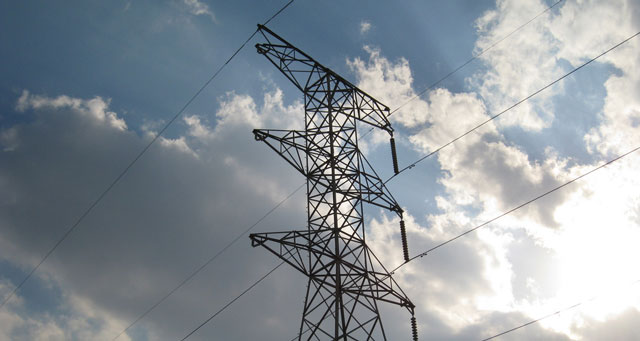
The country’s electricity reserve margin slid to a perilously low 63MW, or 0,2%, early last week, heightening concerns that South Africa is a hair’s breadth from experiencing rolling power cuts.
Despite the heightened risk, Eskom has several options to manage the very tight power system, said its spokesman, Hilary Joffe, which it would use before resorting to load shedding.
They include running its expensive peaking power plants — open-cycle gas turbines — at full tilt during hours of high demand, interrupting power to the large aluminium smelters, and, through Eskom’s demand market participation programme, getting large users to reduce their demand.
The introduction of higher winter tariffs during the peak hours of 6pm to 8pm for industrial customers is also expected to reduce demand, Joffe said. In fact, the tariffs are believed to have been the reason that demand began to drop off on Monday evening after 6pm.
The company warned earlier this year that there is a heightened risk of load shedding during winter as it will no longer defer planned maintenance of its power stations, a number of which have reached their technical and statutory limits.
Ideally, a power system should have at least 2GW in reserve. According to Eskom, supply during the summer was limited by unplanned outages at Koeberg’s unit one and an unreliable supply from the hydroelectric Cahora Bassa scheme in Mozambique, which can supply Eskom with 1,5GW.
But Joffe said Cahora Bassa is currently producing 1,3GW and it is hoped that it will return to full capacity by spring. Meanwhile, Koeberg has returned to service and is operating at full capacity.
The company currently has contracted 413MW under its participation programme and is looking at securing a further 150MW. Under this programme, some of Eskom’s largest customers have agreed to reduce their demand at certain times.
It is distinct from Eskom’s buy-back programme, which ended in May and saw the utility paying large users, such as a chrome smelter, to shut off their operations entirely for extended periods. Slightly more than 1GW had been made available to the grid by buying power back.
Large customers have provided welcome support to Eskom’s efforts to reduce demand on the grid, Joffe said, but many of these are not supplied directly by Eskom, but by municipal lines. Eskom has previously said that it is exploring other options, such as the further extension of contracts with municipalities to provide baseload power.
Joffe said the company will use every option at its disposal before instituting emergency load shedding. But if it has to commence, a protocol is in place, as required by the national energy regulator, to manage the process in a controlled manner, she said.
Some municipalities, such as Cape Town, have published load-shedding schedules that will be used in the event of an emergency.
In its 2013 schedule for “stage one” load shedding, the municipality shares out power cuts across different areas at different times. “Stage two” could result in power outages every day of the week, but it states clearly that this will only take place if it is required to do so by Eskom.
The country is waiting with bated breath for the additional power that the new Medupi power station, currently under construction in Limpopo, will bring to the stressed grid.
Following extensive labour unrest and problems with work done by contractors, particularly the discovery of thousands of substandard welds on the plant, there is growing scepticism that Medupi’s first unit will come on line as scheduled by December.
The revelation early this week that the construction firm Basil-Read has terminated a contract with the design and engineering firm, GAST, and exercised its performance bond on the contract, has not boosted confidence, despite assurances that this will not affect project delivery.
But on Wednesday, Eskom announced that, with its contractors and the labour unions at both the Medupi and Kusile project sites, it has entered a new partnership agreement to stabilise labour relations and expedite the delivery of the two new power stations.
The agreement will replace the labour agreements that applied to the two projects and which were signed only by the unions and contractors. Under the new agreement, Eskom is a signatory.
“Eskom is taking a much more active role in the labour relations on the project sites, and we are working with employers and labour to ensure that workers are fairly treated and that we can improve productivity and focus on delivery,” Paul O’Flaherty, Eskom’s finance director and head of group capital, said in a statement. — (c) 2013 Mail & Guardian
- Visit the Mail & Guardian Online, the smart news source




